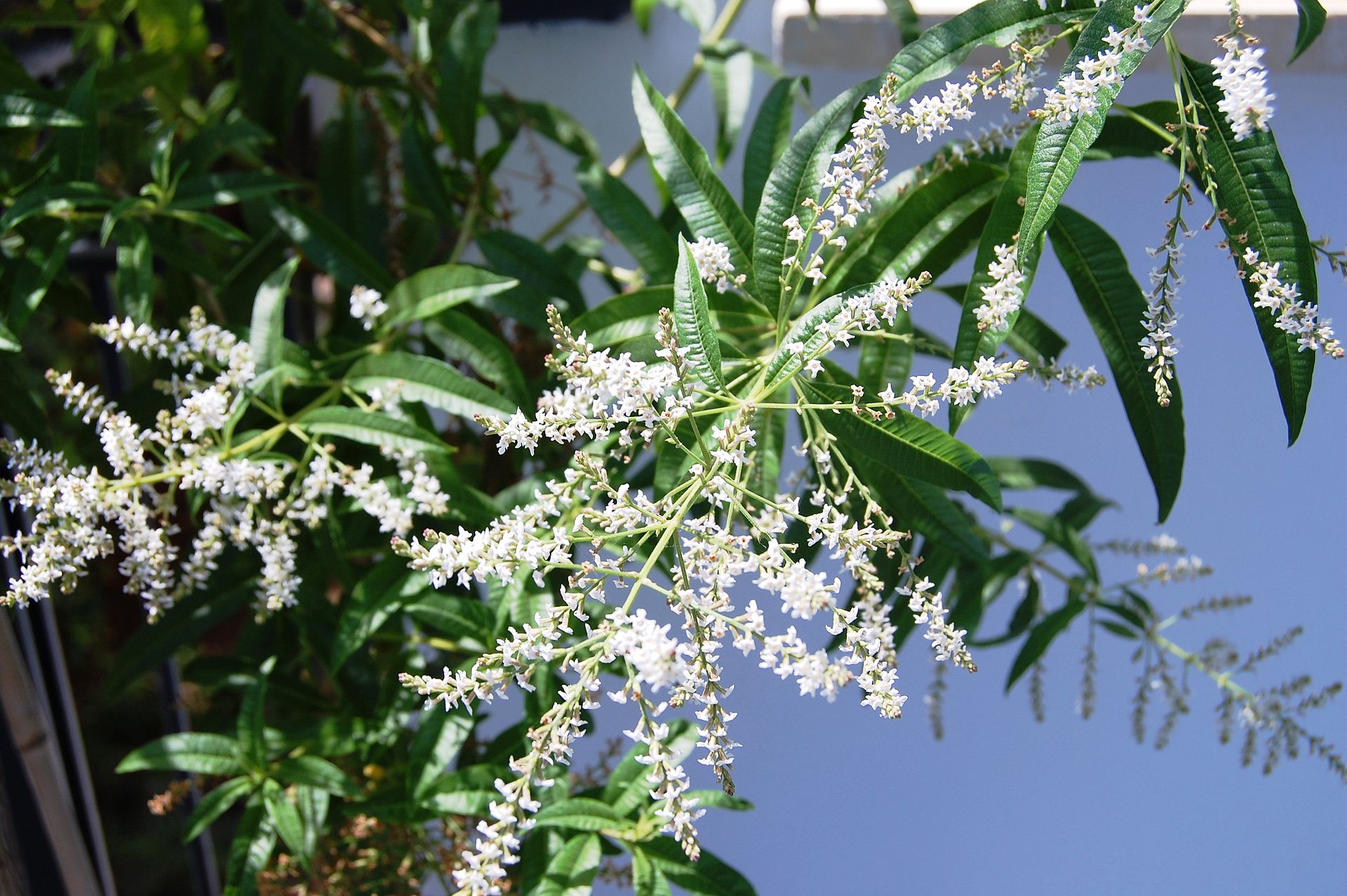
Bee Bush
Aloysia gratissima
Basic Information
🌿 Family: Verbenaceae🗺️ Zone: 8-11
Other Names:
- Whitebrush
- Beebrush
🌡️ Ideal Temperature : 65°F – 85°F
🔥 Heat Tolerance: Up to 100°F
❄️ Cold Tolerance: Down to 15°F
🌱 Type: Perennial
Layers
- Shrub
Functions
- Wildlife Attractor
- Border Plant
- Erosion Control
Pests
No pests associated with this plant.
Companions
- Black Chokeberry
- White Wild Indigo
Plants to Avoid
- None specified
Description
Bee Bush is an aromatic shrub that typically grows between 0.9 to 3 meters (3 to 10 feet) in height. It features slender, erect stems with light gray bark and small, narrow leaves that are pale underneath, measuring approximately 0.6 to 2.5 centimeters (0.25 to 1 inch) long. The plant produces tiny white to blue flowers from March to November, which are highly fragrant and attract various pollinators.
🌞💧 Sun and Water Requirements:
Bee Bush thrives in full sun or lightly filtered sun. It is drought-tolerant once established but benefits from weekly watering to maintain optimal appearance. The plant prefers well-drained soils but can adapt to poorer soils.
✂️🫘 Methods to Propagate:
Propagation is typically achieved through semi-hardwood cuttings taken in late summer. Ensure the cuttings are kept in a humid environment until roots develop.
🧑🌾👩🌾 When to Harvest:
While Bee Bush is primarily grown for its ornamental and ecological benefits, any harvesting of plant material should be done during its active growing season, ensuring not to over-prune to maintain plant health.
Purpose
- **Wildlife Attractor**: The fragrant flowers are highly attractive to bees and other pollinators, supporting local ecosystems.
- **Border Plant**: Its dense growth habit makes it suitable for use as a natural border or hedge in landscapes.
- **Erosion Control**: The plant's root system helps stabilize soil, making it useful in preventing erosion on slopes and disturbed areas.